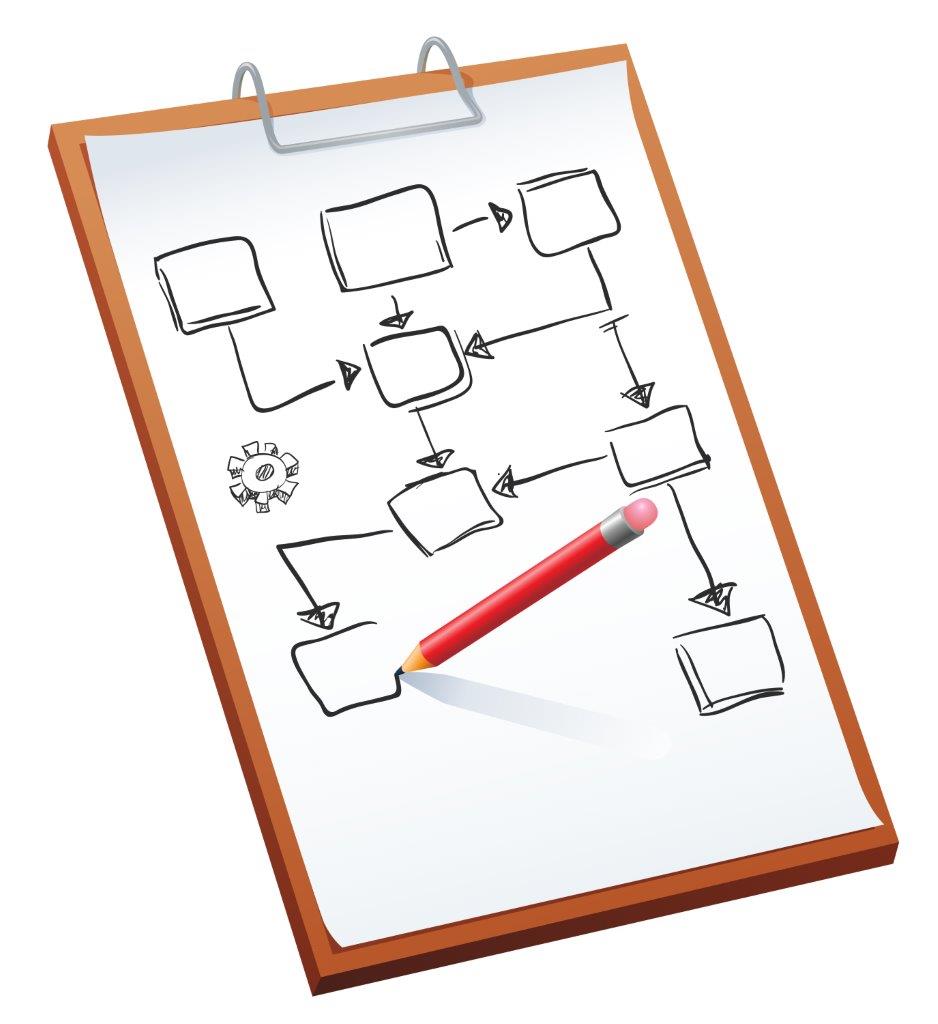 The fourth profit driver we will examine is indirect labor cost. A surprising amount of cost is often tied up in this category. Indirect labor includes supervisors, material handlers, quality technicians, mechanics, and IT support, all functions which are required to support the production of goods or services. While the functions are important to keep organizations working, its not always easy to determine how many people you actually need. This particularly true where the job functions are not repetitive or the tasks change significantly through the day or week. The more repetitive task-type positions are a little easier to get a handle on.
The fourth profit driver we will examine is indirect labor cost. A surprising amount of cost is often tied up in this category. Indirect labor includes supervisors, material handlers, quality technicians, mechanics, and IT support, all functions which are required to support the production of goods or services. While the functions are important to keep organizations working, its not always easy to determine how many people you actually need. This particularly true where the job functions are not repetitive or the tasks change significantly through the day or week. The more repetitive task-type positions are a little easier to get a handle on.
The first key opportunity to look for is whether or not the organization has any tools to determine how many indirect people they need. Even in organizations that might otherwise be considered “world-class” it is not uncommon for us to find something of a black hole when it comes to determining indirect headcount. If there aren’t tools, it is usually a safe bet that there is more indirect cost than required. Often the number of indirect staff are driven by historical rules-of-thumb or a reaction to some kind of service failure. This can lead to these areas being staffed all the time to what is essentially their peak workload conditions. That may help internal service levels but its obviously a fairly expensive approach.
Generally, indirect labor is driven by the number of operating days and / or process line hours. In a manufacturing facility for example, for every line hour you operate you are likely to need some indirect support. If the line is not operating, often there is no need for these functions. The basic concept holds true in any operating environment where you have direct and indirect resources. So the two basic questions to key in on are:
1) Do you have the right number of indirect people staffed to a shift or some operating period?
2) Can you find ways to reduce the actual operating hours or number of shifts needed?
One caution in this area is that we’ve seen a number of organizations do more harm than good by reducing indirect costs without fully considering the knock-on implications (the main one being that it can slow the process in general and end up increasing total process costs). In fact, sometimes actually adding indirect labor expense in select areas is useful to increase line speed or uptime, which in turn can optimize total labor costs.